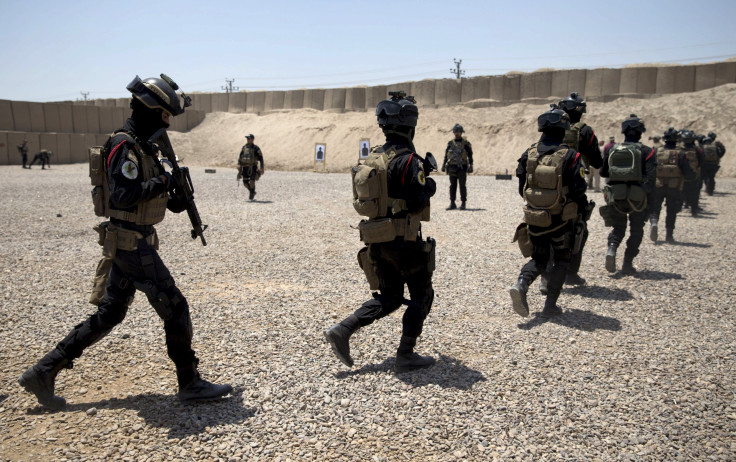Obesity In The US Military Spiked In Past 15 Years

Just like the rest of the country, the United States military appears to have an obesity problem.
The Pentagon released data about troop obesity for the first time in years, according to a report published Sunday in Military Times. The numbers show that, while the country waged two wars in the Middle East over the past 15 years, the troops have been packing on the pounds. It was not immediately clear when the Pentagon provided the data to Military Times.
The entire force has seen a jump in obesity since 2001, when less than 2 percent of the troops were obese or over weight. In 2015, that number had jumped to 7.8 percent of the entire force.
But some groups have experienced the weight gain more than others. A total of 10.3 percent of women in the military are overweight, compared to 7.4 percent of men. When taking into account skin color, black troops have shot up quicker than white or Hispanic troops. Ten percent of black troops are overweight compared with 7.8 percent of Hispanic (or “other”) troops and 7.2 percent of white troops.
It’s pretty easy to see why rising obesity rates in the U.S. military could be of concern to those in command. Overweight troops are harder to carry if they get injured in battle and may not move as quickly, either.
“If I have to climb up to the top of a mountain in Nuristan, in Afghanistan, and if I have someone who is classified as clinically obese, they are potentially going to be a liability for me on that patrol,” Army Command Sgt. Maj. John Troxell, told Military Times. Troxell is the military’s top noncommissioned officer and the senior enlisted adviser for Joint Chiefs of Staff Chairman Gen. Joseph Dunford.
Still, the military’s rate of obesity is nowhere near that of the general population. Estimates peg that rate as around 70 percent of the adult population.
© Copyright IBTimes 2024. All rights reserved.












